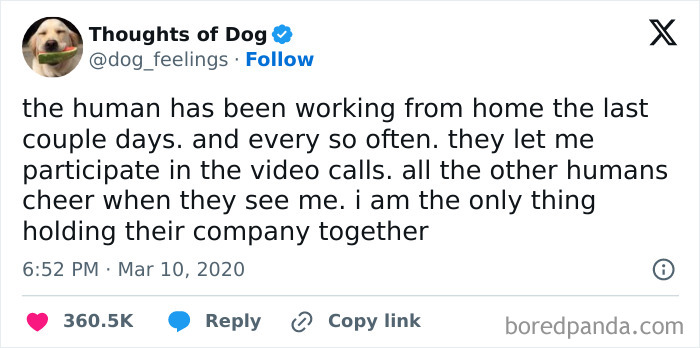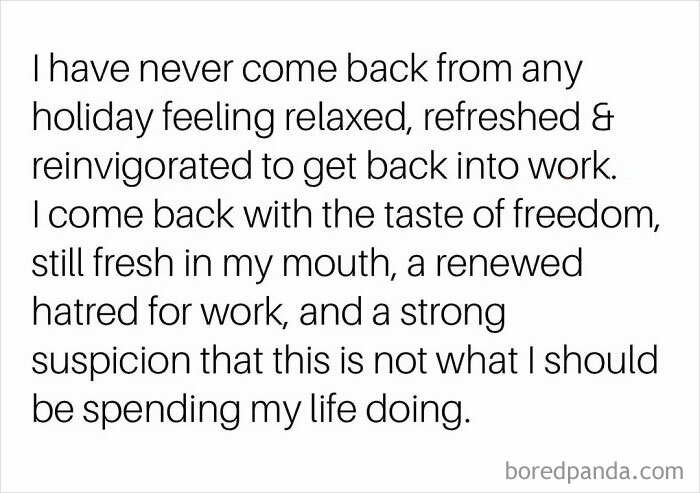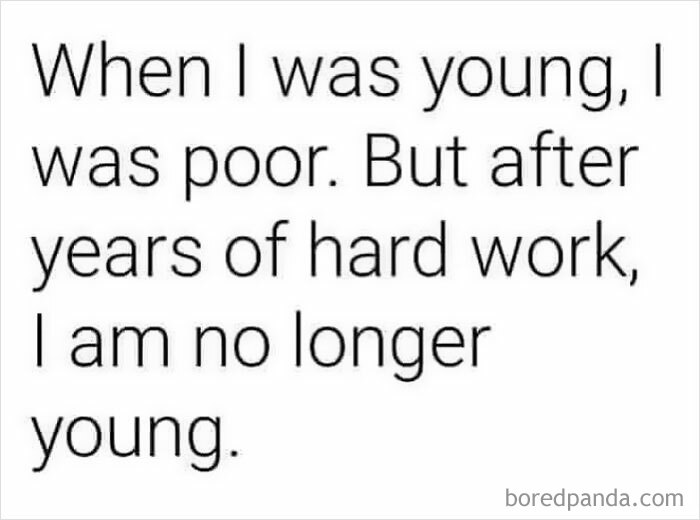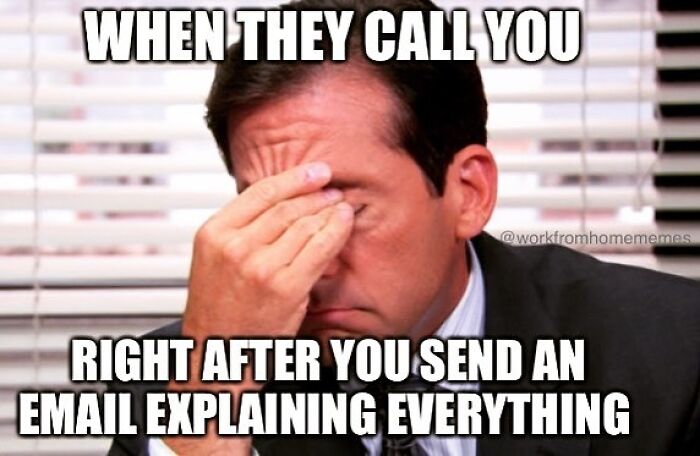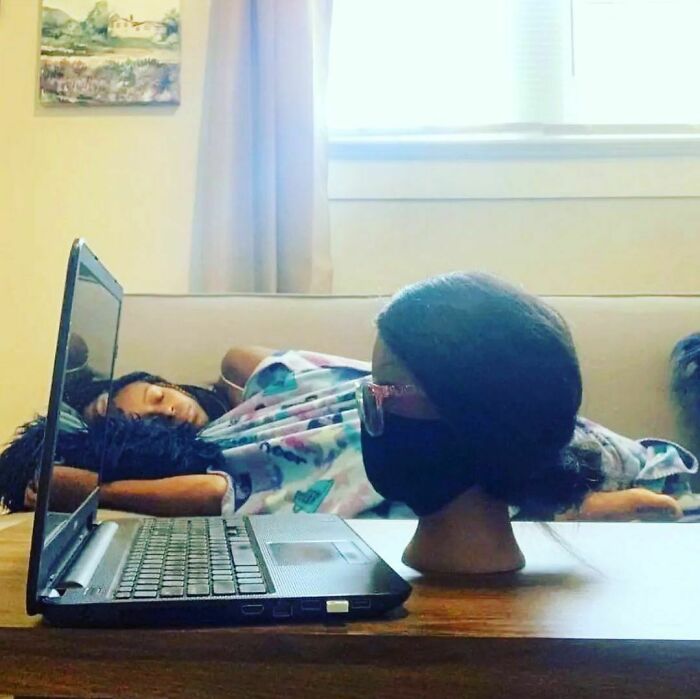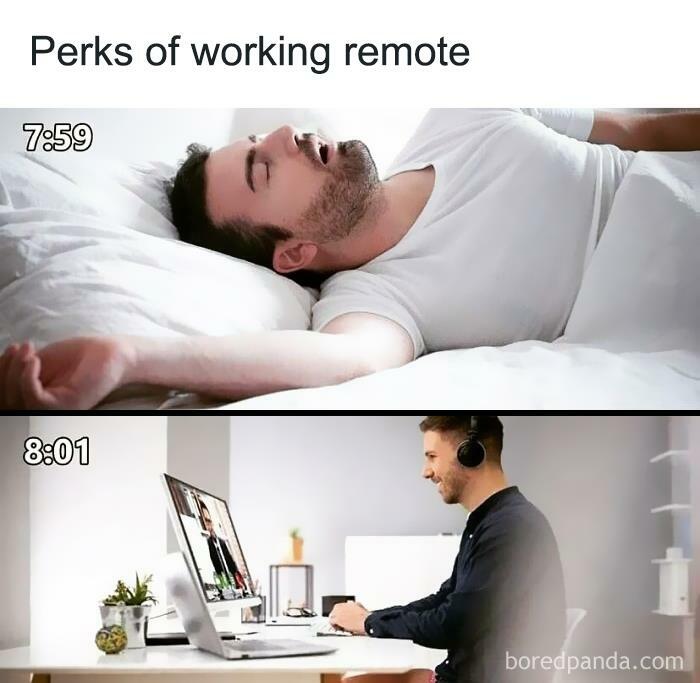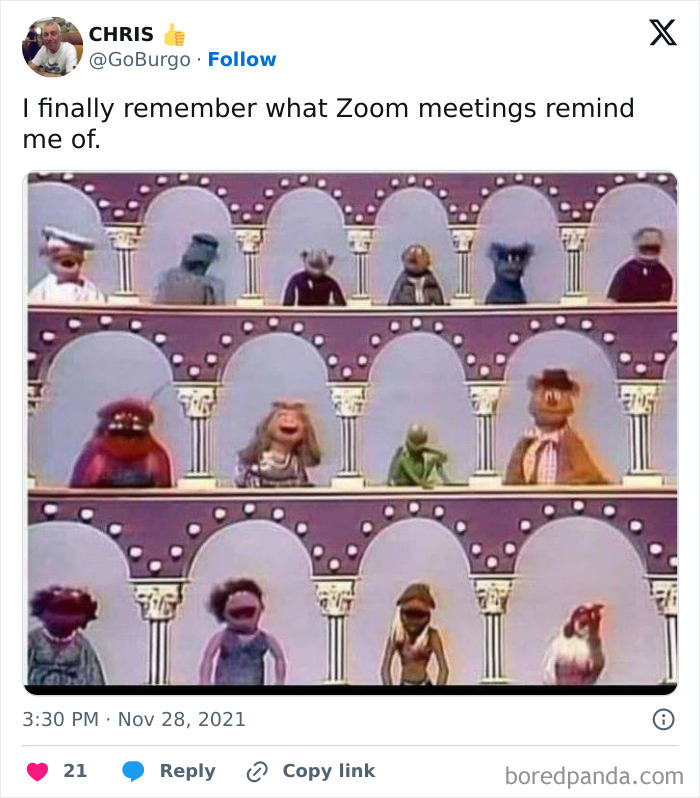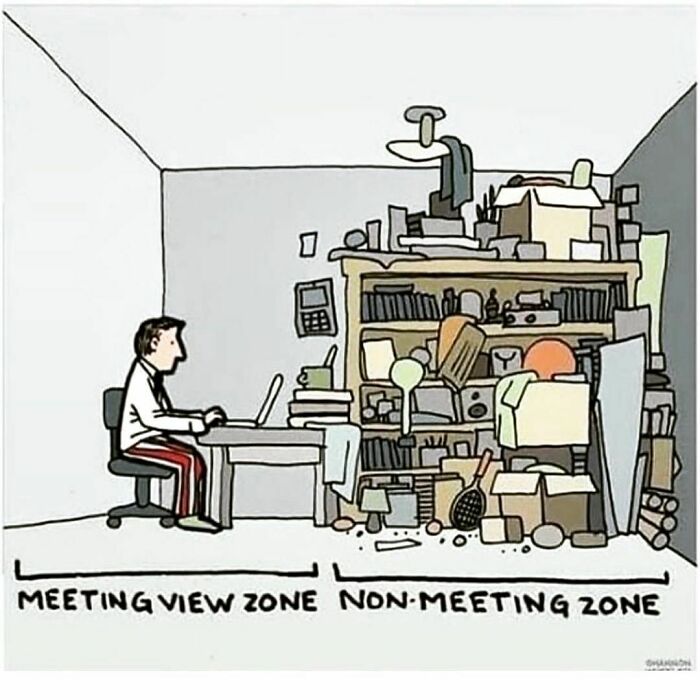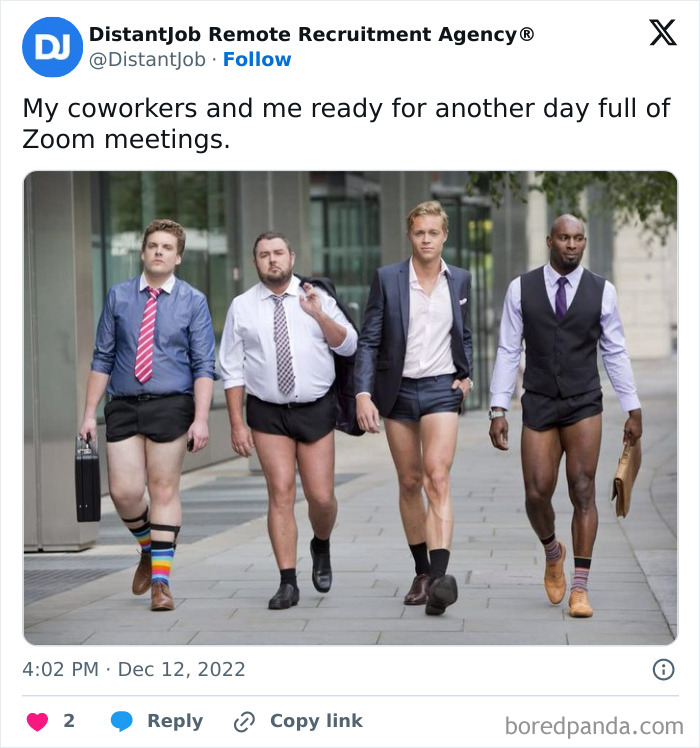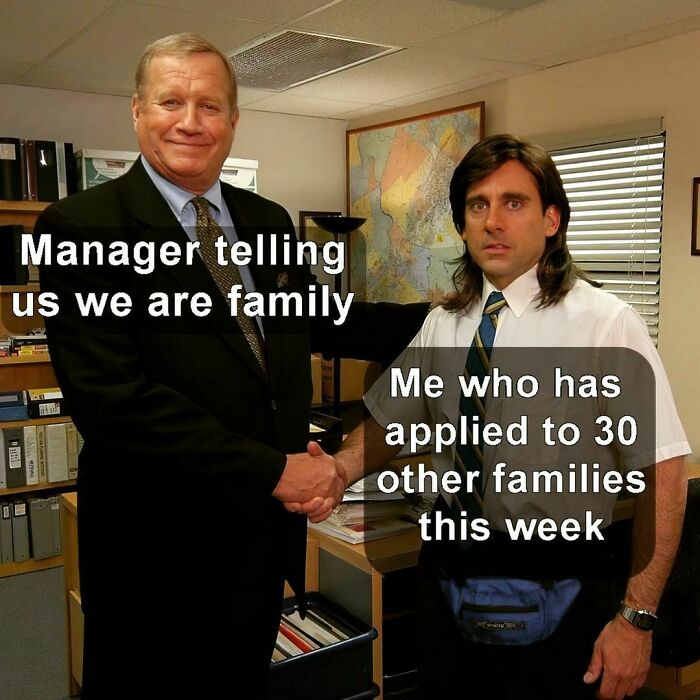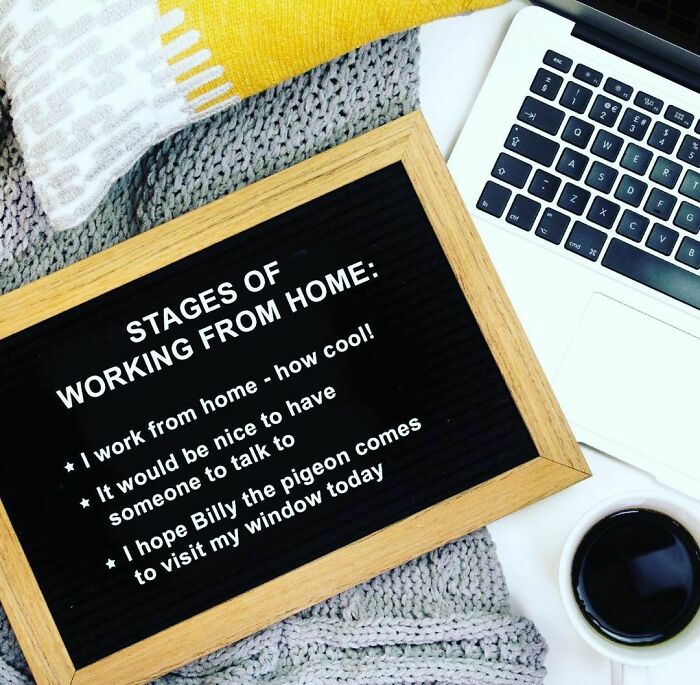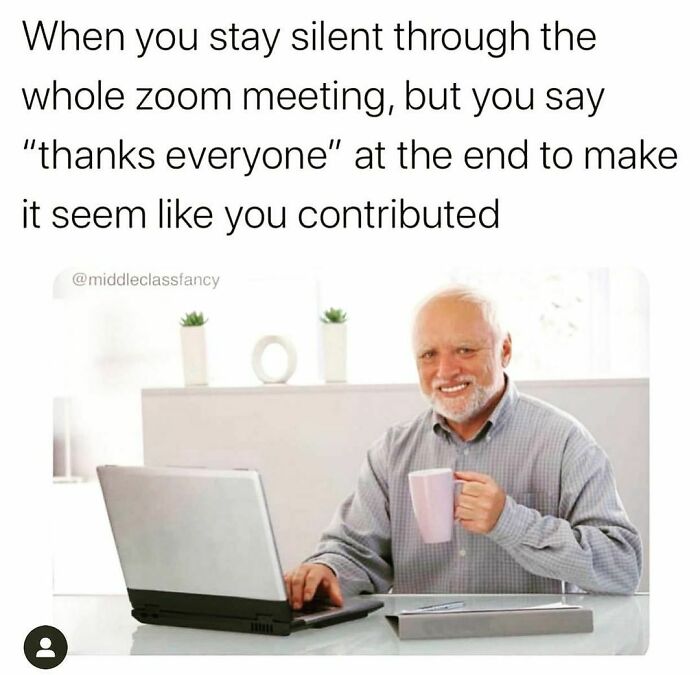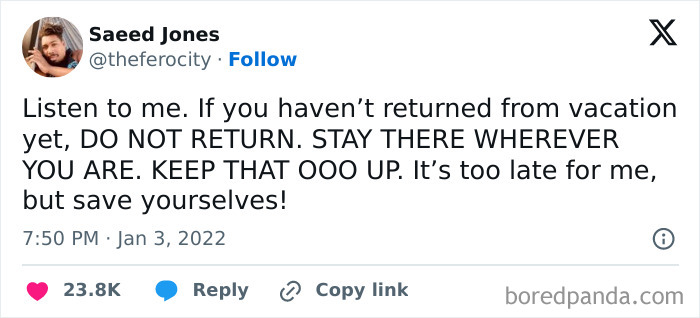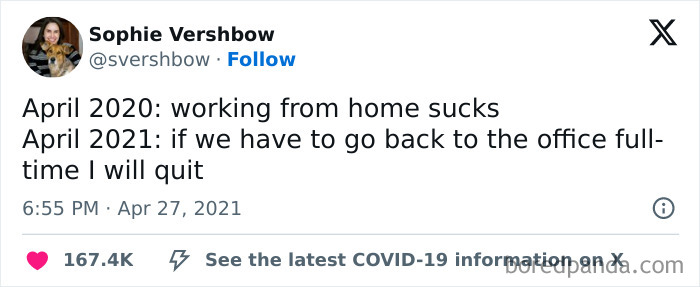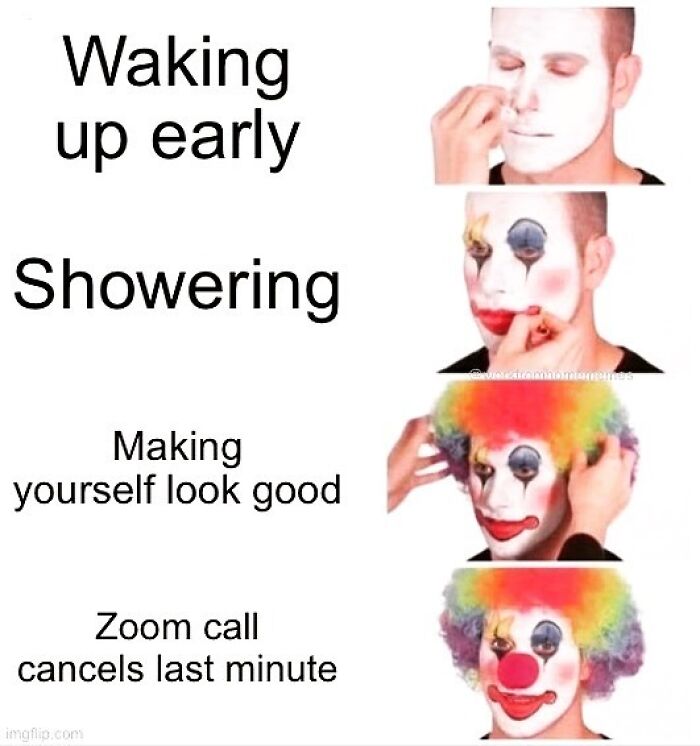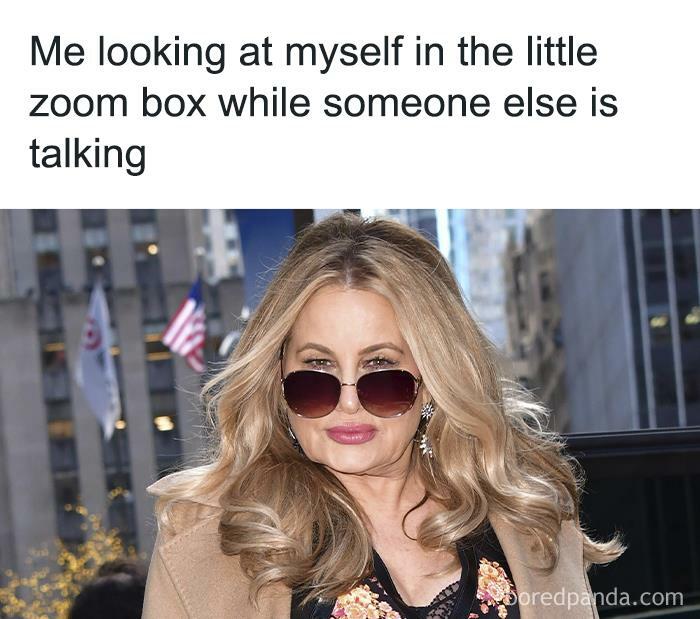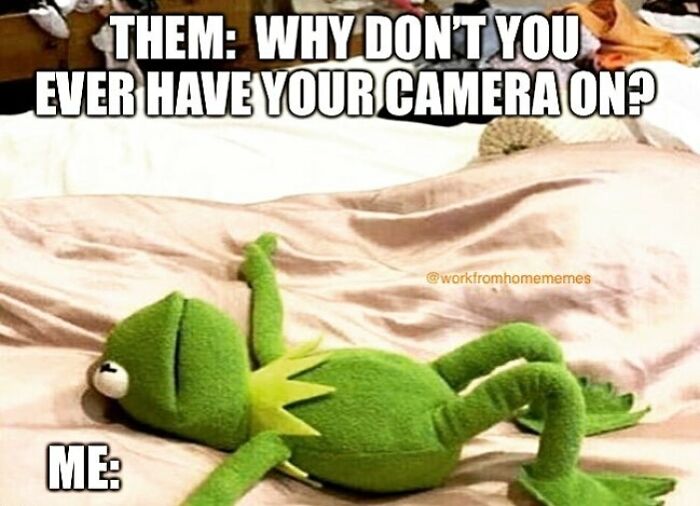Like many things in life, this, too, is a double-edged sword; anyone who’s ever had to do their job remotely knows just how good it feels to get a little bit more sleep in the morning but how frustrating it can be asking can you hear me now? on Zoom for the sixth time. These situations are just a couple of examples of how WFH affected our professional life, but there sure are more and you can find them on the list below, where we have compiled some of the best ‘Work From Home Memes’. Shared by an Instagram account titled exactly that, they perfectly sum up the good and the bad of working in your paja… working remotely, so wait no longer and scroll down to see if you’ve encountered any of the same joys/hardships yourself. Below you will also find Bored Panda’s interview with a start-up growth coach and an award-winning HR executive, Daneal Charney, who was kind enough to answer a few of our questions on the topic of working from home. “While companies are getting braver about strongly encouraging in-office town hall [meetings] or quarterly offsites, they are not mandating it, and probably don’t plan to,” she continued, adding that almost all companies take into consideration how far employees are from the office. “Many companies are continuing to listen to employee sentiment and take their cues from this data.” “Companies need to pick a model that can work for them, but be realistic about the upside and downside of their choice and mitigate any challenges. For example, remote companies often put aside a bigger budget for local city get-togethers, optional co-working spaces, and annual offsites.” The expert added that for workplaces that provide co-location experiences, the best practice is for people to have overlapping time with others. It’s also important for companies to make their employees’ experiences valuable, make exceptions if needed, and lead from the top. “Many remote companies are offering shared space when there’s more than a few employees in a city and even paying for lunch get-togethers,” Charney noted. The new reality quickly became the only option in some workplaces, at least for a certain period of time, which wasn’t met with equal levels of enthusiasm from everyone. People seemed split into camps about how they felt about working from their dwellings or torn by a somewhat of a love-hate relationship with it. Be that as it may, a staggering majority of employed individuals—98%, to be exact—reportedly wished to continue to work remotely at least to some extent. That might be one of the reasons why roughly 16% of companies no longer have a physical office and operate fully remote. “For some employees who have moved far from the office, remote work is non-negotiable,” Daneal Charney told Bored Panda. “For most, it’s highly preferred at least most of the time, which means three days a week minimum. Working from home is less available for early stage companies, though, who are building hardware products or working in labs to develop new drugs or in the early stage of formation.” According to Owl Labs’s Annual State of Remote Work report from 2021, as many as nine-in-ten people who have worked from home during the pandemic said their levels of productivity either matched or exceeded the levels when working from the office. For instance, waking up in the morning and choosing an appropriate outfit was replaced by opting for sweatpants and a hoodie instead (maybe a nice shirt, if you—well, the top part of your body, at least—needs to look presentable for a meeting that day), while spending hours in traffic became a thing of the past as getting to your home office meant spending less than a second on the commute. (As a matter of fact, according to a global study, people working from home saved roughly two hours of commute every week in 2021 and 2022.) Follow Bored Panda on Google News! Follow us on Flipboard.com/@boredpanda! Please use high-res photos without watermarks Ooops! Your image is too large, maximum file size is 8 MB.



